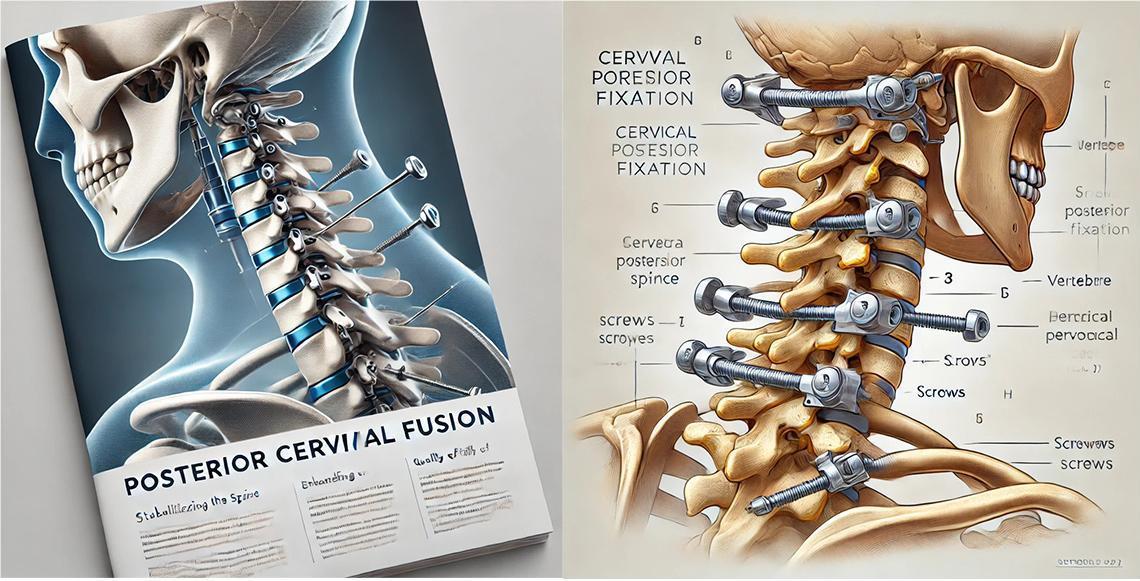Is It Safe?
Posterior cervical fusion is generally considered safe and effective, but as with any surgery, there are potential risks such as infection, bleeding, nerve damage, or issues with the fusion not healing properly. Dr. Shankar Acharya, with over 30 years of experience, will ensure that you receive the best possible care to minimize risks and achieve a positive outcome.



